Review: HTC Desire Eye for AT&T
Nov 20, 2014, 1:00 PM by Eric M. Zeman
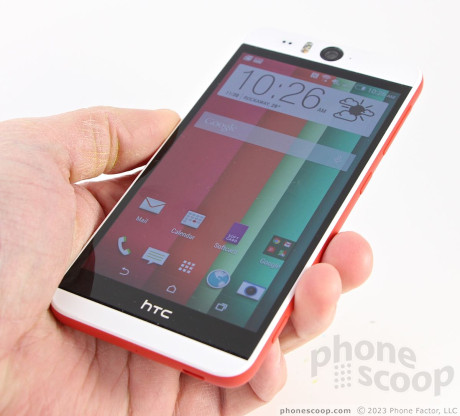
HTC's selfie phone is an attractive, well-built Android handset that's easy to use. Thanks to the powerful 13-megapixel selfie cam, the Desire Eye is all about you. Here is Phone Scoop's full report.
Is It Your Type?
The Desire Eye is for people who love themselves. HTC is marketing it as a Selfie Phone, or a device meant for self portraits. If you're the type of person who thinks "But first I need to take a selfie" before doing anything, the Eye can be a trustworthy accomplice. Even if you're not that person, the Desire Eye is a worthwhile alternative to many of today's handsets.
Body
The Desire Eye may bear HTC's mid-range branding, but that doesn't make it a mid-range device. Instead, it falls somewhere between mid-range and high-end. It trades the One M8's metal exterior for more colorful polycarbonate shell, which helps give the Eye its own personality. Where the One looks ready for a night on the town, the Desire Eye looks ready for a road trip full of adventure.
I'm pretty sure HTC could make a great-looking phone out of wet spaghetti. It doesn't seem to matter what material the company uses; be it aluminum or polycarbonate, HTC knows how to make attractive handsets that feel great to use. The Desire Eye is available in two color combinations that do a lot to make it stand out (AT&T is only selling the white/orange one). Most versions have a colored accent running around the outer edge. Rather than paint the accent colors on, HTC actually bonded two different solid-color plastics together to create a seamless look that should hold up well over time.
The Desire Eye is a big phone. It's bigger than the One (M8), for example. I can't say it's threatening any of today's true phablets, but it's a sizable device that sometimes requires two hands to operate. As much as I like how the Eye looks, the design leaves it with a blocky footprint. At 8.5 mm front-to-back, it's not overly thick, but the Eye is that same thickness all the way out to the corners. In other words, it's a slab and it feels like a slab when in your pocket. You'll be able to stuff it in there, but it'll be obvious. I'm quite pleased with the materials and quality of the Eye's manufacture. The plastics are solid and strong, and all the seams are fitted together tightly.
It's called the Eye in part because of the high-quality user-facing camera. The camera module is enormous and pretty much stares you in the face every time you pick up the Eye. The two-tone LED flash and sensors are positioned next to the camera. The large lens more or less takes up all the space between the top of the display and the edge of the phone. If you've already scanned the Desire Eye's spec sheet, you know it includes HTC's BoomSound speakers. They're cleverly hidden in thin slits above and below the display glass. You can easily find these slits with your thumbnail, but it's not overly obvious when you slide the meat of your thumb across the gap. As is common to HTC devices, the 5.2-inch screen is swimming in more bezel than I care to see. I wish HTC could get around this particular design trait. There are no buttons on front, as the Desire Eye uses on-screen controls.
At first glance, you might think the left side of the phone holds two large buttons. These are actually trays holding and protecting the memory and SIM card slots. The trays take some work to retrieve because they're sealed against water ingress. The Desire Eye is waterproof. The good news is you can leave your SIM card ejector tool at home as the trays can only be retrieved with your thumb. The stereo headphone jack is on top and the microUSB port is on the bottom. Neither of these has a hatch, but they're still water-safe.
All of the other controls are placed on the right edge of the phone. The volume toggle is closest to the top. It's rather crummy. The profile is slim, and the travel and feedback are mushy. The screen lock button, positioned in the middle, has a great profile and much more satisfying travel and feedback. The Eye even has a dedicated camera button, located close to the bottom corner of the phone. It's a two-stage key and the stages are very subtle. It's often hard to feel the first stage at all. I also wish the button's profile were a bit better.
Like many of HTC's high-end phones, the Desire Eye does not have a removeable battery. The back is sealed up tight, so there's no swapping power cells. I think this is more than offset by the Eye's water resistance. It can sit in up to a meter of water for 30 minutes without worry. I held it under running water and dunked it in the sink and it's still working just fine. (Probably worth pointing out that HTC says not to actually use the phone when it is under water). This feature is really meant to help protect the phone against accidental soakings.
The hardware isn't perfect, but the Desire Eye offers a lot to like.
Comments
No messages


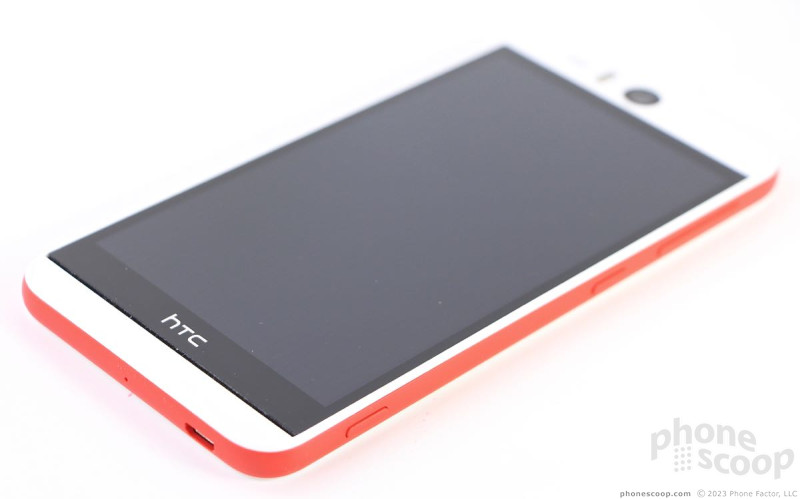















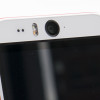 Hands On with the HTC Desire EYE
Hands On with the HTC Desire EYE
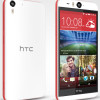 AT&T to Sell HTC Desire Eye and RE Camera Nov. 7
AT&T to Sell HTC Desire Eye and RE Camera Nov. 7
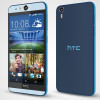 HTC Desire EYE is a High-End Selfie Phone
HTC Desire EYE is a High-End Selfie Phone
 iPhone 15 Series Goes All-In on USB-C and Dynamic Island
iPhone 15 Series Goes All-In on USB-C and Dynamic Island
 HTC Desire EYE
HTC Desire EYE




